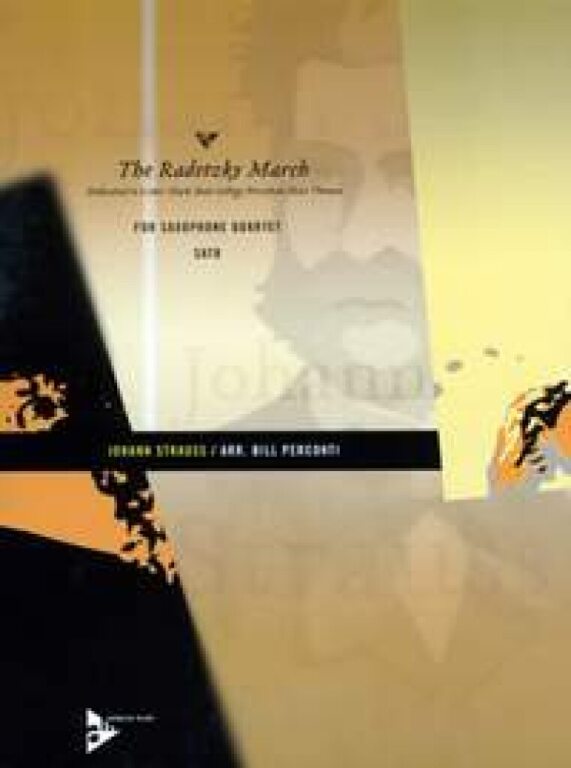THE MUSIC SHOP of Editio Musica Budapest Zeneműkiadó
Not available
Zasedba: Saxophone (more)
Zasedba: 4 Saxophones [SATBar]
Število strani: 20 strani
Format: 23,1 x 30,3 cm
Weight: 0.3 kg
Leto izdaje: 01. januar 2008
Založba: Advance Music
Številka artikla: ADV7688
ISMN: 9790206301001
Marches are perhaps the most nationalistic of music styles, as they are often associated with military and national pride. The Radetzky March by Johann Strauss Sr. (1804 - 1849) was composed in 1848. The work is dedicated to the Austrian Army, and the title refers to Field Marshall Radetzky, an Austrian military hero. The march has become so popular it is now considered the unofficial national anthem of Austria. The march is one of the most flexible of musical forms, suitable for solo playing and for both large and small ensembles. J. Strauss Sr. is known as one of the first composers to take dance music on tour. The Radetzky March contains characteristics of European dances popular in 19th century Europe, such as the waltz, polka, and quadrille. This arrangement for saxophone quartet contains a minimum of dynamic, expression, and articulation markings, allowing the players to develop their own interpretation. However, players are encouraged to keep the festive nature of the march in m ind, and the use of the suggested ornamentation will lend verve and flair to the music.
 Deutsch
Deutsch English
English Español
Español Français
Français Magyar
Magyar Polski
Polski Română
Română Slovenský
Slovenský 中文
中文